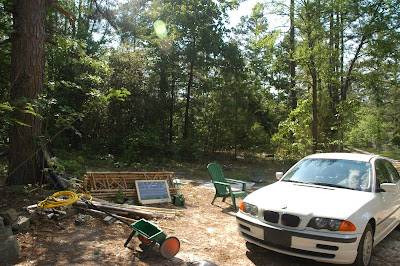We as photographers often battle the challenge, when photograhing digitaly, obtaining appropiate color. I'm not going to get into which way you should record an event, just state the way I do and what works for my own personal workflow.
What I have done will work for both RAW and JPEG photographers.
With both formats, often there is a need to color correct after a photo session. This webpage illustrates and compares several tools which will eliminate the need.
But I have XXXX cards, I don't need that. If you think the usage of that is practical, then obviously you've never photographed a live event. In no way will I ever be able to walk up to the bride and groom to place the XXXX card there and take a reference shot.
Reference Shot. Just click on something neutral. Well, if the lighting stinks so bad your 'neutral' may have gotten a color cast on it. Lighting changes.
What got me interested in this is photographing weddings in larger churches. We have tons of mixed lighting. Stained glass, chandaliers (sp?), flouresent lights, tungsten spot lights and whatever else may come into play, including your flash.
Now, many cameras will perform okay during a scene that is one light source or one main degree Kelvin. (Color Temperature).
For this test, we used three different types of lights.
- Halogen
- Tungsten hot lamp
- Flash, Vivitar 283
All photos were taken at f/11 @ 60. ISO 200. Machine-Nikon D70. Recorded in JPEG format.
The photos I'm posting here came right out of the camera. No additional work was done.
I'm going to let the photos speak for themselves. I will say that in my findings I obtained the best results when placing the tool right up to the lens. This means removing any petal type lenshood. But, I found that in my particular session and lighting set up, that the photos came out slightly better with the lenshood back on after the reading was taken.
 ClearWhite
ClearWhite
 Auto White Balance
Auto White Balance













